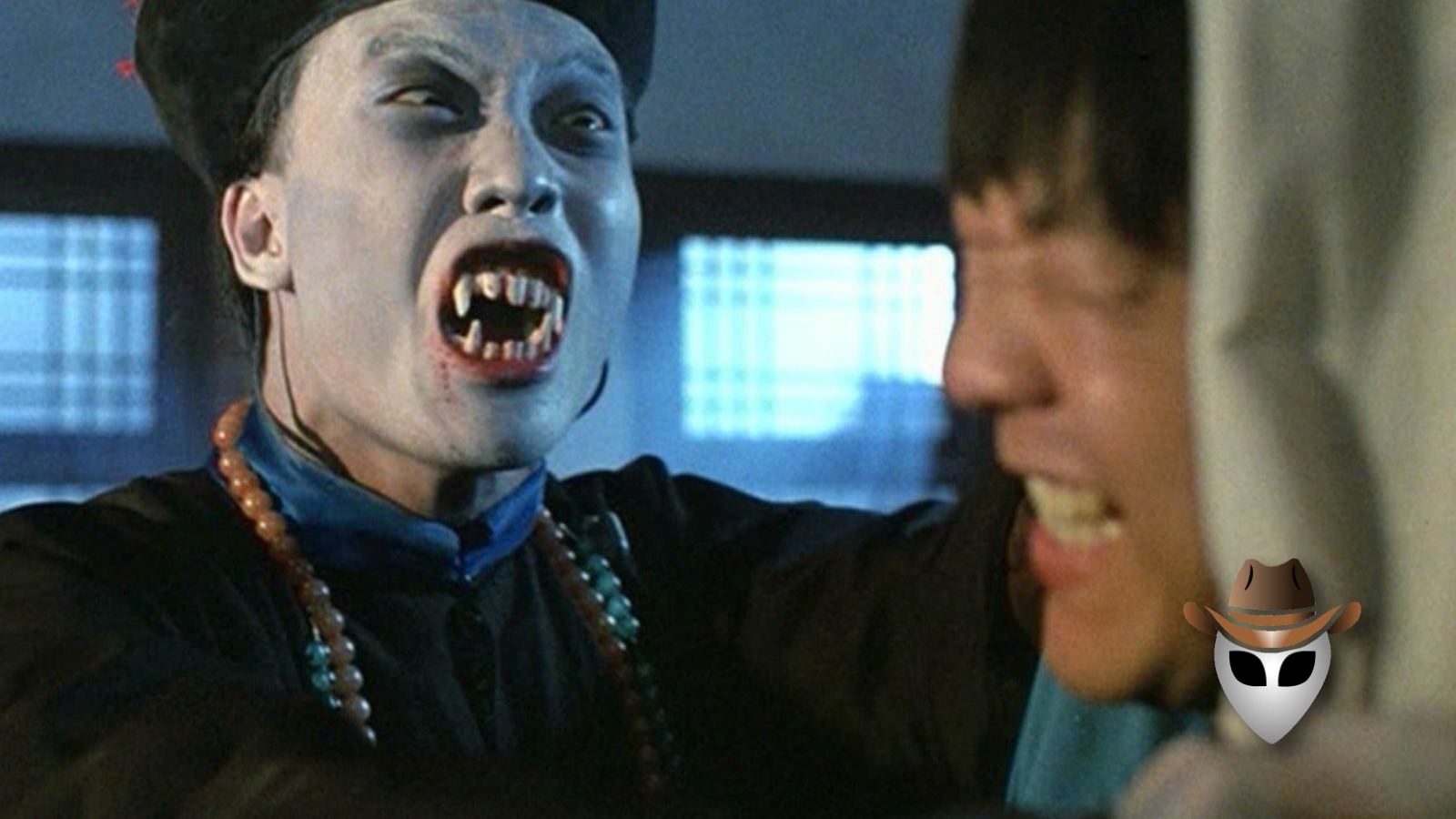The Jiangshi, also known as the Hopping Vampire, is a unique and fascinating figure in Chinese folklore. Known for its stiff, hopping movements and terrifying appearance, the Jiangshi is said to be a reanimated corpse that preys on the living to absorb their life force.
The Jiangshi legend dates back to the Qing Dynasty (1644-1912), although stories of reanimated corpses are even older. Typically depicted as pale, rotting corpses dressed in Qing Dynasty official attire, Jiangshi are known for their rigor mortis-induced stiffness, causing them to hop rather than walk. They are often associated with rural areas and dark, deserted places.
Evidence in Favor of the Jiangshi’s Existence
Historical Accounts: Various historical texts and folklore collections contain detailed descriptions of Jiangshi encounters. One such text, The Records of the Grand Historian, includes mentions of reanimated corpses. These accounts, though anecdotal, provide a cultural context and historical framework that support the legend’s credibility.
Cultural Beliefs: In traditional Chinese culture, the belief in the supernatural and the importance of ancestral spirits are deeply ingrained. Practices such as geomancy (feng shui) and the rituals performed to honor and appease the dead contribute to the belief in Jiangshi. These cultural practices reinforce the plausibility of the legend among those who believe in the spirit world.
Natural Phenomena: Some researchers suggest that the Jiangshi legend could be rooted in natural phenomena. For example, the practice of transporting corpses over long distances could lead to bodies being seen in a state of partial decomposition and rigor mortis. This could give rise to sightings of “hopping” corpses, especially if witnessed under low-light conditions.
Psychological Factors: Fear and superstition play significant roles in the perpetuation of the Jiangshi legend. In times of plague or epidemic, unexplained deaths and mysterious illnesses often led people to seek supernatural explanations. The Jiangshi, with its predatory nature, provided a convenient scapegoat for such events.
Evidence Against the Jiangshi’s Existence
Scientific Explanations: Modern science provides explanations for many of the phenomena attributed to Jiangshi. For example, the appearance of a “hopping” corpse can be explained by the effects of rigor mortis, which causes muscles to stiffen and limbs to lock in place. Decomposition gases can also cause a body to move in seemingly unnatural ways.
Lack of Physical Evidence: Despite numerous stories and accounts, there is no physical evidence to support the existence of Jiangshi. No preserved remains or documented encounters have been verified by scientists or researchers. The absence of tangible proof makes it difficult to substantiate the legend.
Cultural Evolution: The Jiangshi legend has evolved over time, influenced by cultural changes and popular media. Movies, television shows, and literature have all contributed to shaping the modern perception of Jiangshi, often exaggerating and sensationalizing the original folklore. This evolution suggests that the legend is more a product of cultural storytelling than a reflection of real events.
Rational Explanations: Many Jiangshi sightings can be explained by rational means. For instance, hallucinations caused by fatigue, fear, or illness could lead to mistaken sightings. Additionally, the human tendency to find patterns and make sense of the unknown often results in the creation of supernatural explanations for natural events.
The Jiangshi, or Hopping Vampire, remains a captivating and enduring figure in Chinese folklore. While historical accounts and cultural beliefs provide some support for the legend, scientific explanations and the lack of physical evidence cast doubt on its existence. The Jiangshi serves as a fascinating example of how folklore can evolve and persist over time, reflecting the fears, beliefs, and imagination of a culture. Whether real or imagined, the Jiangshi continues to hop through the annals of Chinese mythology, a testament to the power of storytelling and the enduring allure of the supernatural.
What do you think? Is the Jiangshi real? Share your thoughts in the comments below!
